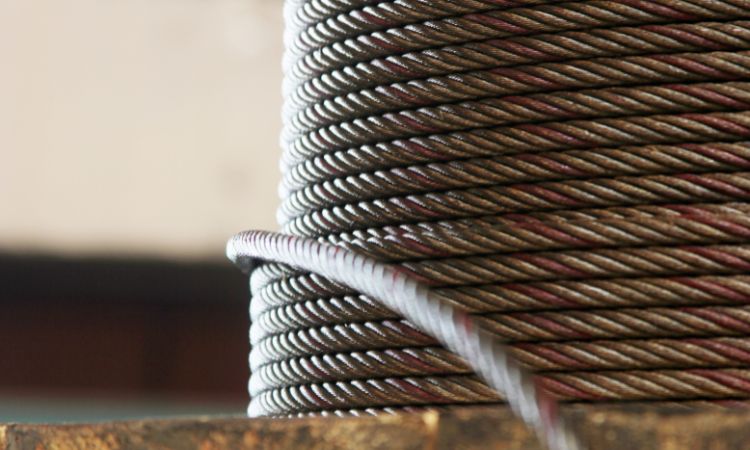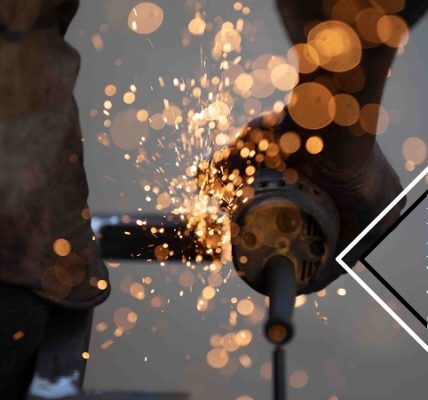The global steel wire rope market size attained a value of USD 9038 million in 2023. The market is projected to further grow at a CAGR of 3.4% between 2024 and 2032 to reach a value of USD 10991 million by 2032. Steel wire ropes are indispensable across various industries due to their strength, durability, and versatility. This blog post delves into the detailed analysis and forecast of the steel wire rope market from 2024 to 2032, providing insights into different segments, regional trends, and the competitive landscape.
Market Segmentation
The steel wire rope market is segmented based on the type of lay, strand pattern, steel type, coating type, and application. Understanding these segments helps in comprehending the diverse applications and specific advantages of different types of steel wire ropes.
By Type of Lay
Regular Lay Regular lay steel wire ropes have wires in the strands that are laid in one direction while the strands are laid in the opposite direction. This type of lay offers excellent resistance to crushing and distortion, making it ideal for applications where ropes are subjected to multi-directional loads.
Lang Lay In lang lay steel wire ropes, both the wires in the strands and the strands themselves are laid in the same direction. This configuration provides higher resistance to abrasion and better flexibility, suitable for applications like mining and drilling where ropes face intense wear and tear.
Alternate Lay Alternate lay, also known as reverse lay, combines the characteristics of both regular and lang lay by alternating the direction of lay in successive strands. This results in a rope that balances flexibility and resistance to wear, used in a variety of lifting and rigging applications.
By Strand Pattern
Single Layer Single layer strand patterns are the simplest form, consisting of wires twisted around a core. They are commonly used in applications requiring light to moderate load-bearing capacity.
Filler Wire Filler wire strand patterns include additional wires to fill the gaps between strands, enhancing the rope’s strength and durability. These are used in heavy-duty applications where high strength is crucial.
Seals Seals strand patterns have wires of different diameters, offering a smooth outer surface and increased contact area. This design provides better resistance to crushing and is used in high-load applications.
Warrington Warrington strand patterns combine wires of different diameters within the same layer, providing flexibility and strength. They are suitable for applications requiring both durability and flexibility.
Combination Combination strand patterns mix different strand types to achieve a balance of properties, making them versatile for various industrial applications.
By Steel Type
Stainless Steel Stainless steel wire ropes offer excellent corrosion resistance, making them ideal for marine, chemical, and food processing industries. They maintain their integrity in harsh environments, ensuring long-term reliability.
Galvanized Steel Galvanized steel wire ropes are coated with a layer of zinc, providing a cost-effective solution with good corrosion resistance. These ropes are widely used in outdoor and construction applications where exposure to the elements is a concern.
By Coating Type
Vinyl Coating Vinyl-coated steel wire ropes are protected by a layer of vinyl, enhancing their durability and providing a smooth surface. They are commonly used in applications requiring protection against abrasion and environmental exposure.
Zinc Coating Zinc-coated steel wire ropes, also known as galvanized ropes, offer robust protection against rust and corrosion. This coating type is essential for applications in wet or corrosive environments.
Other Coatings Other coatings, such as plastic or polymer coatings, provide specialized benefits like increased visibility, additional protection, or specific chemical resistance. These are used in niche applications requiring tailored properties.
By Application
Steel wire ropes are vital in numerous industries including construction, mining, oil and gas, marine, and transportation. Their applications range from lifting and rigging to anchoring and mooring, demonstrating their versatility and essential role in modern infrastructure and industrial operations.
Regional Analysis
North America The North American market is characterized by high demand from the construction and oil and gas sectors. Technological advancements and robust infrastructure development drive market growth in this region.
Europe Europe’s market is propelled by the automotive and manufacturing industries. Stringent safety regulations and a focus on sustainable practices also contribute to the demand for high-quality steel wire ropes.
Asia-Pacific The Asia-Pacific region is the largest market for steel wire ropes, driven by rapid industrialization and urbanization in countries like China and India. The construction and mining industries are major contributors to the market’s expansion.
Latin America Latin America’s market growth is supported by the mining and oil industries, particularly in countries like Brazil and Mexico. The region’s economic development and infrastructure projects further stimulate demand.
Middle East & Africa The Middle East and Africa region sees significant demand from the oil and gas sector. The region’s focus on expanding its industrial base and infrastructure also boosts the steel wire rope market.
Competitive Landscape
The global steel wire rope market is highly competitive, with major players focusing on innovation and expansion to maintain their market position. Key strategies include mergers and acquisitions, product development, and partnerships. Leading companies are investing in advanced manufacturing technologies to enhance product quality and meet the evolving needs of various industries.
Market Trends and Forecast (2024-2032)
The steel wire rope market is expected to witness steady growth due to increasing demand from construction, mining, and oil and gas industries. Key trends include the development of more durable and corrosion-resistant ropes, advancements in manufacturing techniques, and the growing emphasis on sustainability. Challenges such as fluctuating raw material prices and environmental regulations may impact market dynamics, but emerging opportunities in developing regions and technological innovations are likely to drive future growth.





